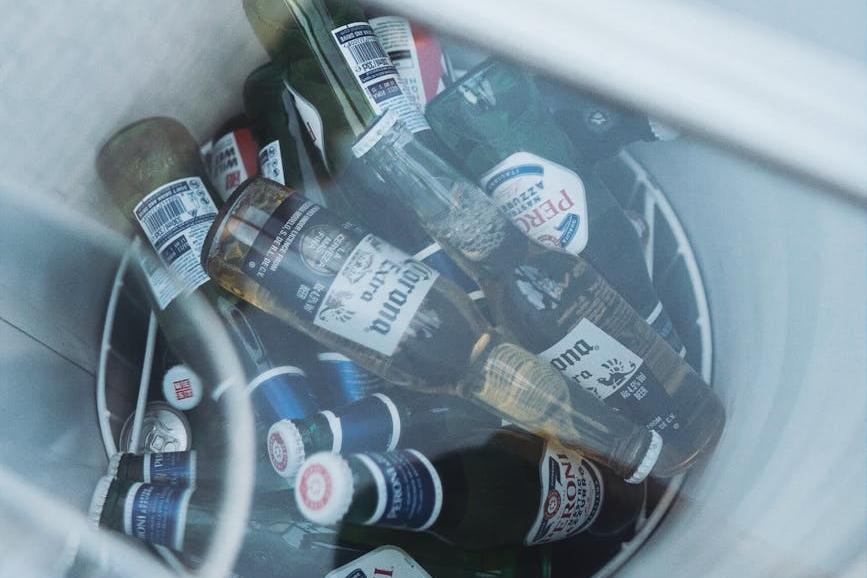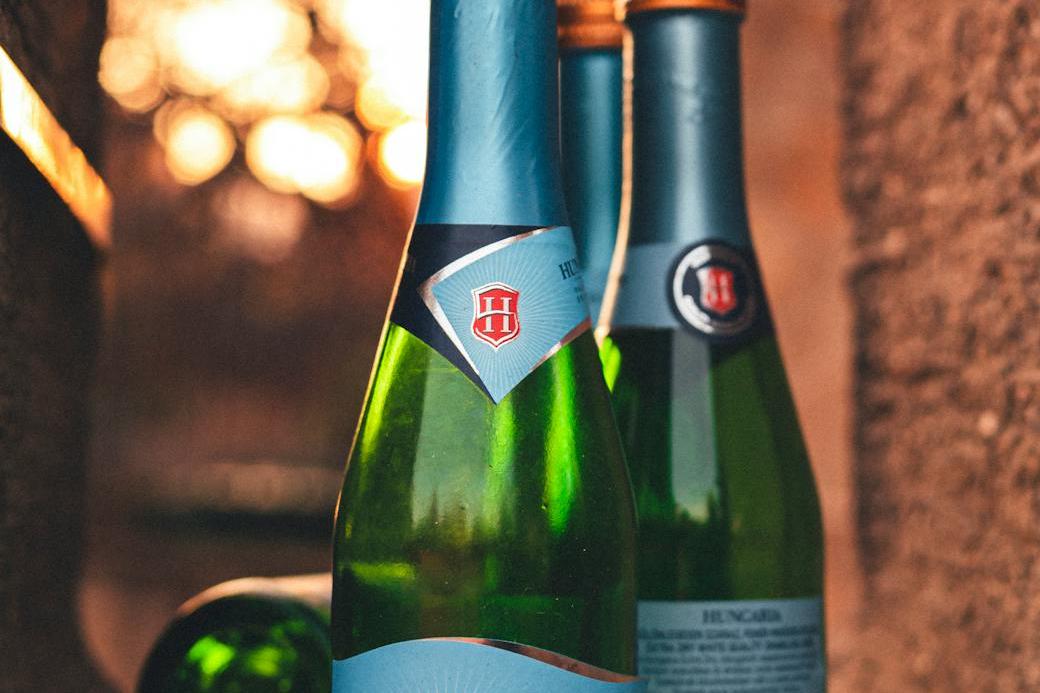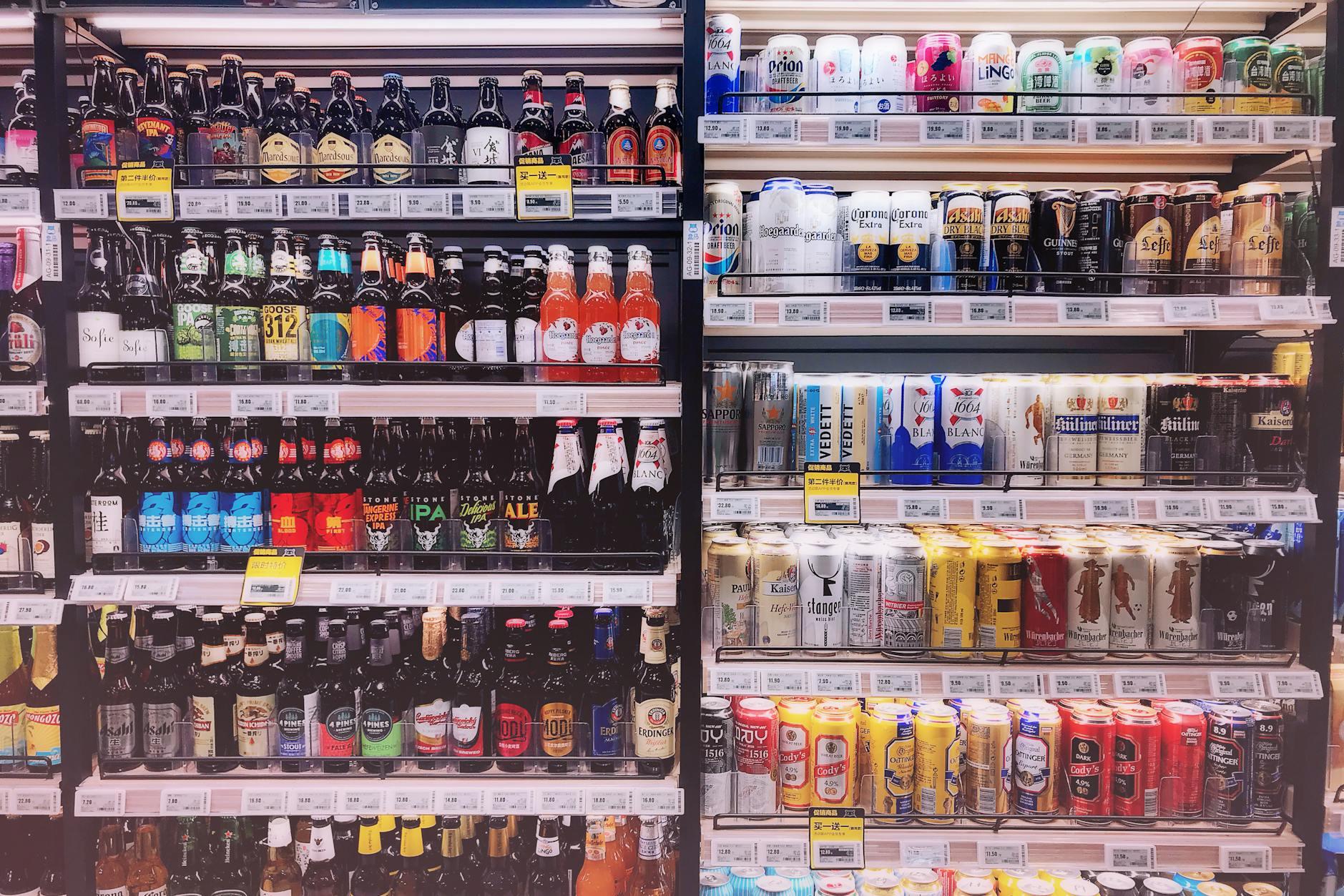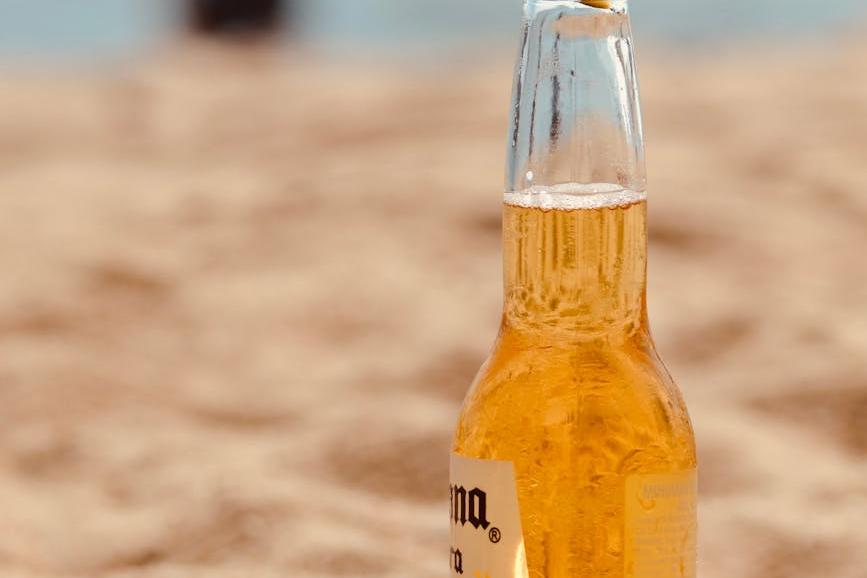- Shanghai Zhongshen International Trade Co., Ltd. - Two decades of trade agency expertise.
- Service Hotline: 139 1787 2118
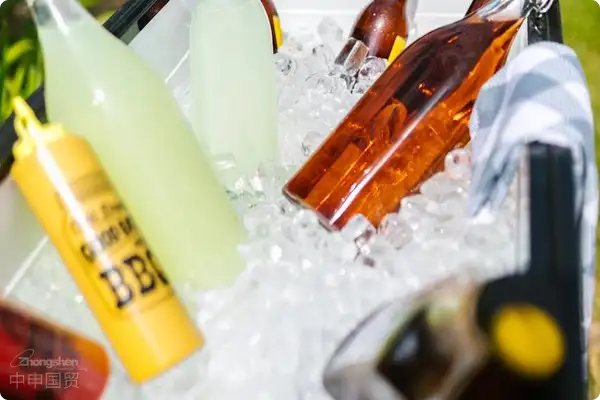
When craft beer meets HS codes
Last year, while handling a shipment of German craft beer for a client, we discovered the customs broker had mistakenly declared sour beer as regular fermented alcohol, nearly triggering customs testing. This incident made me realize:Beer clearance is far more complicated than just filling in an HS CODE.Today, let’s break down this special battlefield filled with the aroma of malt.
The Four Movements of Clearance
- Prelude Preparation
- Confirm beer type (fermented alcohol/blended alcohol)
- VerifyIt is recommended to verify through the following methods:Prepare books and health certificates
- Design draft of Chinese back label
- Tariff Symphony
- Regular beer: 5% tariff + 13% VAT + excise tax (250 yuan/ton)
- Non-alcoholic beer: eligible for excise tax reduction
| Project | Ordinary Beer | Alcohol-free beer |
|---|---|---|
| Tariff | 5% | 5% |
| Consumption Tax | 250 yuan/ton | Exemption |
The Pitfalls Weve Encountered Over the Years
Last year, an importer declared Belgian Trappist beer as other fermented beverages, resulting in a customs demand to pay a 30% price difference. Here’s a fun fact:Alcohol content ≥0.5% vol must be declared as alcoholic beverages.Don’t be fooled by some traders’ alcohol-free claims.
Three Axes of Cost Control
- Choose countries with free trade agreements (e.g., Chile/Australia for tariff benefits)
- Design packaging specifications wisely (mind the excise tax threshold)
- Conduct label pre-approval in advance (avoid port rectification and container detention fees)
Case Study: Munich Oktoberfest Special Edition
Last year, we handled a limited-edition Oktoberfest beer, involving three special treatments:
- Cultural approval: Required Ministry of Culture and Tourism approval due to traditional festival patterns
- Special transportation: Required temperature-controlled containers + shock-proof packaging
- Fast clearance: Utilized customs pre-ruling mechanism to lock in classification in advance
Warnings about Common Misunderstandings
- Misconception 1: Thinking original bottled imports don’t require Chinese labels (actual port inspections always check them)
- Misconception 2: Neglecting phytosanitary requirements for hop extracts
- Misconception 3: Mixing craft beer and industrial beer in customs declaration
Finally, heres a practical suggestion:First-time imports must undergo product pre-classificationLast year, a client was required to pay taxes under other alcoholic beverages due to excessive malt concentration, doubling costs. Remember, customs determines beer categories based on three factors: ingredient composition, production process, and alcohol content - all are essential.
Related Recommendations
Category case
Get in Touch
Email: service@sh-zhongshen.com
Related Recommendations
Contact via WeChat

? 2025. All Rights Reserved. Shanghai ICP No. 2023007705-2  PSB Record: Shanghai No.31011502009912
PSB Record: Shanghai No.31011502009912

